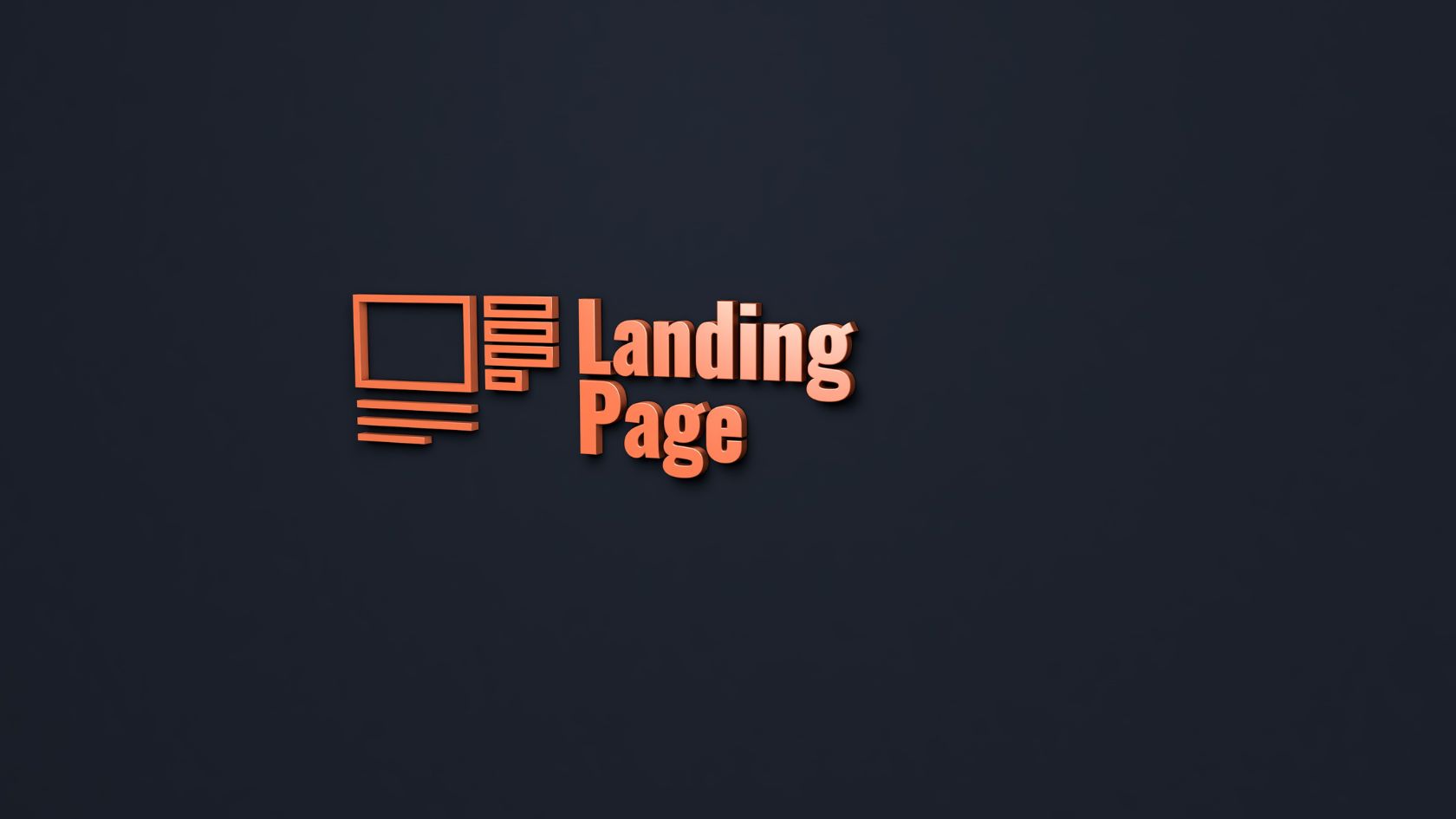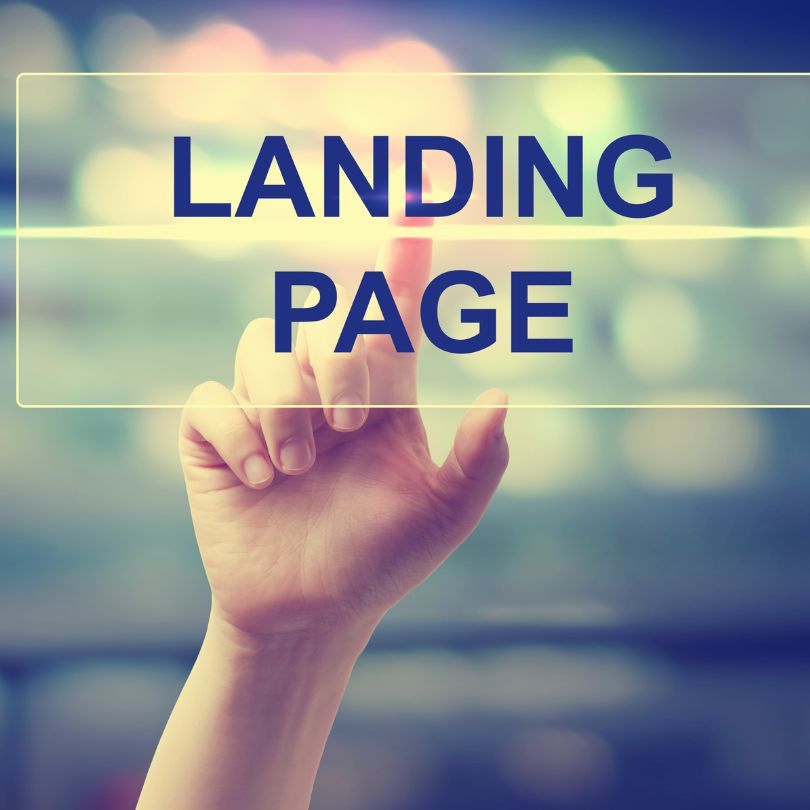
Creating Effective Landing Pages That Convert: A Complete Guide

Creating effective landing pages is a critical skill for any digital marketer looking to maximize conversion rates and generate leads or sales. A well-designed landing page focuses visitor attention on a single call-to-action, eliminates distractions, and guides prospects toward taking the desired action—whether that’s making a purchase, signing up for a newsletter, or requesting more information.
What Makes a Landing Page Effective?
An effective landing page is purpose-built to convert visitors into leads or customers. Unlike general website pages that might serve multiple purposes, landing pages are designed with a singular focus and clear objective. They typically exclude standard website navigation to keep visitors focused on completing the desired action.
The most successful landing pages share these key characteristics:
- Clear Value Proposition: Immediately communicates what the visitor stands to gain
- Focused Messaging: Maintains a single topic and goal throughout
- Compelling Visuals: Uses relevant images or videos that support the message
- Strong Call-to-Action: Features prominent, action-oriented buttons
- Minimal Distractions: Eliminates unnecessary links and navigation options
- Trust Indicators: Includes testimonials, reviews, or security badges
- Mobile Optimization: Functions seamlessly across all devices
The Anatomy of High-Converting Landing Pages
1. Attention-Grabbing Headlines
Your headline is the first element visitors see and determines whether they’ll continue reading. Effective headlines:
- Clearly communicate the primary benefit
- Create a sense of urgency or curiosity
- Remain concise and scannable (typically under 20 words)
- Align with the messaging from your traffic source
Example Headlines:
- “Boost Your Conversion Rate by 300% in Just 30 Days”
- “The 5-Minute Landing Page Template That Generated $50,000 in Sales”
- “Stop Losing Customers: Create Landing Pages That Convert”
2. Compelling Subheadlines
Subheadlines expand on your headline’s promise and provide additional context:
- Support the main headline with specific details
- Address potential objections preemptively
- Highlight secondary benefits or features
3. Engaging Hero Images or Videos
Visual elements capture attention and communicate your offer quickly:
- Show your product or service in action
- Use high-quality, professional images that showcase your offering
- Ensure visuals align with your target audience’s expectations
- Consider using short explainer videos (30-90 seconds)
4. Benefit-Focused Copy
Effective landing page copy focuses on benefits rather than features:
- Emphasize how your offering solves specific problems
- Use bullet points for easy scanning
- Address the “what’s in it for me?” question directly
- Maintain conversational, jargon-free language
5. Strategic Call-to-Action (CTA)
Your CTA is the most critical element for conversion:
- Use action-oriented, specific language (“Get My Free Guide” vs. “Submit”)
- Make buttons visually distinct with contrasting colors
- Position CTAs strategically throughout longer pages
- Consider using directional cues that point toward your CTA
6. Social Proof Elements
Build trust through validation from others:
- Customer testimonials with specific results
- Case studies highlighting success stories
- Trust badges and security certifications
- Client logos or partnership indicators
- Review snippets or ratings
7. Streamlined Forms
For lead generation landing pages, form design is crucial:
- Request only essential information
- Use multi-step forms for complex offers
- Clearly explain how collected information will be used
- Consider progressive profiling for returning visitors
Step-by-Step Guide to Creating Effective Landing Pages
Step 1: Define Your Landing Page Goal
Before designing, clarify your objective:
- Identify the specific action you want visitors to take
- Determine how this action supports your broader marketing goals
- Establish key performance indicators (KPIs) to measure success
- Consider where visitors are coming from (ad campaigns, email, etc.)
Step 2: Understand Your Target Audience
Tailor your landing page to your specific audience:
- Create or reference buyer personas
- Identify pain points your offer addresses
- Understand objections you need to overcome
- Research language and terminology your audience uses
Step 3: Craft Your Value Proposition
Develop a clear statement of the unique value you provide:
- Focus on specific, measurable benefits
- Differentiate from competitors’ offerings
- Address the “why choose us?” question directly
- Test different value propositions with A/B testing
Step 4: Design the Page Structure
Map out your landing page elements:
- Create a wireframe or outline of key sections
- Plan the visual hierarchy to guide attention
- Ensure logical flow from problem to solution
- Determine appropriate page length based on offer complexity
Step 5: Write Compelling Copy
Develop persuasive content that drives action:
- Start with headline and subheadline
- Draft benefit-focused body copy
- Create compelling CTA text
- Include FAQ section to address common concerns
Step 6: Select Supporting Visuals
Choose images and videos that enhance your message:
- Use high-quality product images or screenshots
- Consider custom graphics to explain complex concepts
- Incorporate videos for demonstrations or testimonials
- Ensure all visuals are optimized for fast loading
Step 7: Implement and Test
Launch your landing page and optimize performance:
- Test across different devices and browsers
- Set up A/B tests for critical elements
- Implement analytics tracking
- Monitor heat maps and user recordings
Advanced Strategies for Optimizing Landing Pages
Personalization
Tailor content based on visitor characteristics:
- Customize messaging based on traffic source
- Display different content for returning visitors
- Adjust offers based on geographic location
- Implement dynamic text replacement for search ads
A/B Testing Framework
Systematically improve performance through testing:
- Test one element at a time for clear results
- Prioritize tests based on potential impact
- Run tests until statistical significance is achieved
- Document learnings for future landing pages
Mobile Optimization Techniques
Ensure excellent mobile experience:
- Implement responsive design principles
- Simplify forms for mobile users
- Use larger touch targets for buttons
- Optimize page speed for mobile networks
- Consider mobile-specific features (click-to-call, etc.)
Retargeting Integration
Reconnect with visitors who don’t convert:
- Implement pixel tracking for ad platforms
- Create specific retargeting campaigns addressing objections
- Develop sequential messaging for multiple touchpoints
- Use exit-intent popups to capture leaving visitors
Common Landing Page Mistakes to Avoid
- Too Many Objectives: Diluting focus with multiple CTAs
- Slow Loading Speed: Causing visitors to abandon before viewing
- Misalignment with Ad Copy: Creating a jarring transition from ad to landing page
- Excessive Form Fields: Creating unnecessary friction
- Vague Value Proposition: Failing to clearly communicate benefits
- Poor Mobile Experience: Neglecting the growing segment of mobile users
- Missing Trust Elements: Failing to address security or credibility concerns
Landing Page Checklist
Before Launch:
- ☐ Clear, benefit-focused headline
- ☐ Supporting subheadline that expands on the main promise
- ☐ High-quality hero image or video
- ☐ Scannable, benefit-driven copy
- ☐ Prominent, action-oriented CTA buttons
- ☐ Relevant trust indicators and social proof
- ☐ Optimized form (if applicable)
- ☐ Mobile responsiveness across devices
- ☐ Fast loading speed (under 3 seconds)
- ☐ Tracking implemented for analytics
Conclusion
Creating effective landing pages is both an art and a science. By focusing on clear messaging, compelling visuals, strategic CTAs, and continuous optimization, you can significantly improve your conversion rates and marketing ROI. Remember that the most successful landing pages are those that directly address visitor needs and provide a frictionless path to taking action.
As you develop your landing page strategy, continue testing different approaches and learning from both successes and failures. The digital landscape evolves constantly, and staying current with best practices and innovative techniques will ensure your landing pages remain effective conversion tools. With the framework and strategies outlined in this guide, you’re well-equipped to create landing pages that not only attract visitors but convert them into valuable customers.